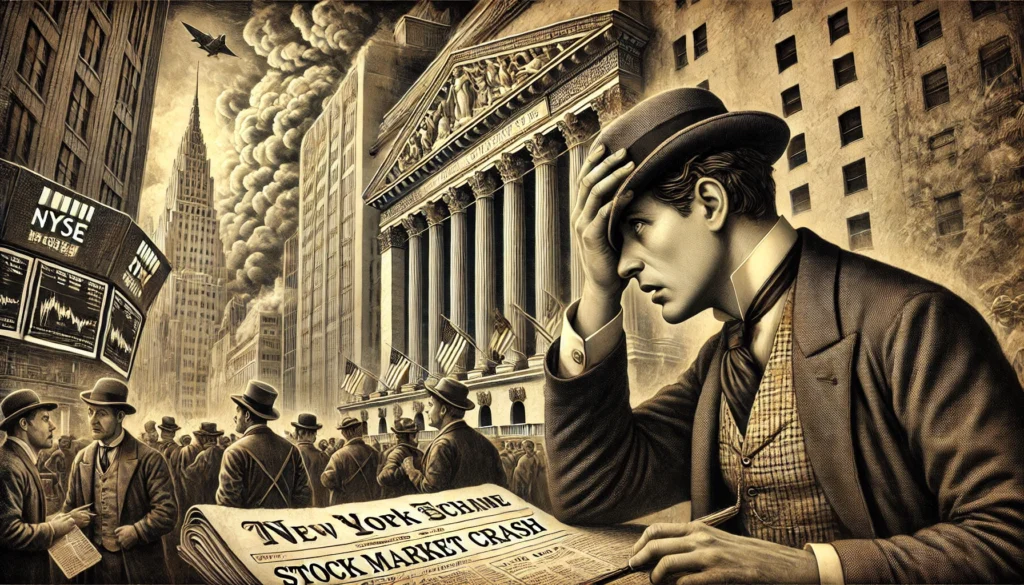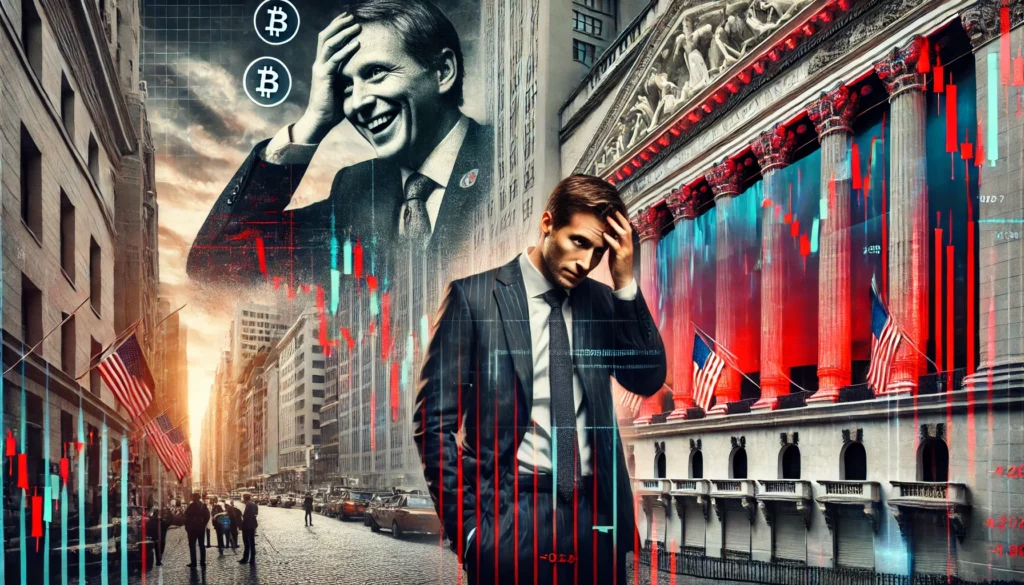Published Date: March 17, 2025 ✍️ Author: Global World Citizen News Team 📰 Source: GlobalWorldCitizen.com
Wall Street entered 2025 with high hopes for a business-friendly economic environment under Donald Trump’s second term. Investors anticipated lower taxes, deregulation, and pro-growth policies. Instead, they’ve been met with tariffs, fiscal tightening, and economic uncertainty—leading to sharp market corrections and growing concerns about the long-term outlook.
This gap between expectations and reality is now driving a major Wall Street sell-off, according to Jake Manoukian, Head of Investment Strategy for JPMorgan Private Bank.
“The first 50 days of Trump 2.0 have been the opposite of what investors expected. This disconnect is causing a correction, particularly in high-growth, high-valuation stocks.”
A Market on Edge: Tariffs, Inflation, and Austerity Weigh on Investors
When Trump won re-election, JPMorgan CEO Jamie Dimon predicted bankers would be “dancing in the streets.” But instead of a celebration, Wall Street is grappling with:



This misalignment between Wall Street’s assumptions and the administration’s actual economic agenda has analysts scrambling to revise forecasts and reassess corporate earnings projections.
“The market priced in rapid economic acceleration, but instead, we’re seeing turbulence. Now, investors must adjust to a different reality.” – Jake Manoukian, JPMorgan Private Bank
Stock Market Correction: When Will the Sell-Off End?
Wall Street analysts initially dismissed the administration’s tariff rhetoric, believing it would have only a minor impact. But after last week’s near market correction—with the S&P 500 down 8% this month—concerns are mounting over how long this volatility will persist.
This sell-off has been concentrated in high-growth tech stocks and other overvalued sectors that had surged on expectations of Trump’s economic policies.
Case in point: Tesla.


“A lot of froth built up in the market based on Trump 2.0 enthusiasm. That froth is now being wiped away.” – Manoukian
Despite the downturn, some investors see an opportunity. BlackRock CEO Larry Fink believes the current correction is a chance to buy stocks at a discount before the market rebounds.
Path to Recovery: Can the Market Snap Back?
While a rapid rebound is unlikely, analysts point to key developments that could stabilize the markets:




“Markets don’t settle down; they settle up. History tells us that recoveries happen before the headlines turn positive.” – Dr. David Kelly, JPMorgan
Investor Sentiment: A Political Divide in Market Perceptions
Market outlooks vary depending on political leanings. JPMorgan’s Manoukian warns against letting politics dictate investment decisions, noting:



The University of Michigan’s latest consumer sentiment survey highlights a broader decline in confidence across all political groups:



“Market corrections create fear, but investors need to separate emotion from strategy. The best returns often come when sentiment is weakest.”
Lessons from the Past: A High Bar for 2025
Manoukian emphasizes that 2023 and 2024 were exceptional years because:



However, entering 2025, expectations were significantly higher—making it much harder for markets to keep surprising to the upside.
“In previous years, we exceeded expectations. But now, with corporate earnings already strong, we’re not getting any additional policy tailwinds.”
The Bottom Line: A New Market Reality
For now, investors must adjust to a different landscape—one where:



While Wall Street hoped for a pro-business rally, it instead got a wake-up call—forcing a necessary realignment between expectations and reality.



